Every time I set off for an outdoor adventure, I think about how lucky we are in New Zealand that we don’t have real nasties like snakes, spiders or scorpions that are found in other countries. Sandflies and mosquitos are harmless in comparison but can still be annoying.
Sandflies, as in tiny black flies, are found wherever there is flowing water and bush but are also common at beaches and near lakes and swamps. They thrive in wilderness areas that are less than 1000m in altitude, and are most common during the warmer times of the year, although they are present year round. Known to Māori as “namu”, there are 13 species in New Zealand and only two species bite – both are indistinguishable in size to the human eye. And it’s only the females that bite. They pierce the skin, creating a drop of blood which they suck up and this helps them to breed and produce eggs.
Sandflies cannot see at night so they are daybiters, striking primarily at dawn and dusk. When darkness arrives, out come the nocturnal mosquitoes to work the night shift.
New Zealand has 16 species of mosquito, known to Māori as waeroa. Mosquitos are larger than sandflies, about 5 millimetres long, and as with sandflies, only the females bite. Like sandflies, mozzies live around wetland areas such as swamps, rivers and lakes. The most common species is the vigilant mosquito which is well known because of the high-pitched buzzing sound it makes that disturbs our sleep!
As avoiding a bug encounter is almost impossible for those of us who love to be outdoors, insect repellent will help to keep the bugs at bay and there are plenty of choices about which one to use.
Looking at some ‘natural’ options first, Maori used crushed ngaio leaves to deter the beasties and in early New Zealand history there are reports of people making concoctions using all sort of ingredients including orange peel, citrus juice, eucalyptus, lavender, tea tree oil and vinegar. Plant-based products containing ingredients such as citronella, soybean oil and eucalyptus products continue to be available today and because of their low toxicity they are becoming increasingly popular. There are a variety of sprays, lotions, arm bands and other products available.
Some people believe you can deter the bugs by increasing your garlic and/or your vitamin B intake – the latter either in either tablet form or by eating vitamin B rich foods like Marmite or Vegemite. While it would be good if this were true, to-date there isn’t research to support that it works.
As far as chemical repellents go, there are choices here too. The active ingredient in many repellents is DEET, an abbreviation of diethyl toluamide. DEET has been used worldwide by millions of people since the 1950s and has a good safety record. It is recommended that repellents used on children contain less than 10% DEET. An alternative chemical agent proving to be as effective as DEET is called picaridin.
To understand how insect repellents work we need to understand how the insects find people to bite. Studies have shown that mosquitos use a combination of sight, heat and smell to locate a blood meal. They are attracted to the smell of carbon dioxide, lactic acid and other odours from the skin, as well as warm and moist skin. Most insect repellents work by creating a barrier that smells and tastes bad to the insect to discourage them from landing on the skin.
So what’s my strategy? When I’m hiking I wear an armband – hoping the aroma this gives off will make me less attractive to the beasties than the person next to me! And then if I find myself somewhere where the bugs are really biting I also apply a chemical repellent.
Insect repellents for the skin are effective against sandflies and mosquitoes. All repellents need to be regularly reapplied.
Covering up with long-sleeved shirts and long pants is also an option but this is tricky in the heat of the day during summer.
Relief from bites
Fortunately New Zealand sandflies and mosquitoes don’t spread disease although many people react adversely to the bites, with swelling, itching and scratching after being bitten. Areas most commonly affected are those where blood vessels are close to the surface e.g. hands, wrists, face, ears, throat and ankles.
Whether it’s a bite or sting, the response involves histamine being released into the blood which causes the itch and inflammation so the aim of treatment is to reduce the response caused by the release of histamine.
Apply a cold compress to the skin
This can be as simple as a cold wet facecloth, towel or item of clothing. If using ice, wrap the ice or ice pack in a wet towel or similar as placing it directly on the skin may cause an ice burn.
Take an oral antihistamine
Antihistamine medicines reduce the response to histamine. The typical dose is one tablet daily – ask your pharmacist which antihistamine to take.
Antihistamine creams are available but are not very effective as the antihistamine chemical does not penetrate the skin well. Also some people experience a sensitivity reaction to antihistamine creams meaning the cream itself can cause a rash.
Apply a mild steroid cream
Steroid creams containing hydrocortisone may be useful to relieve itching. Again ask your pharmacist about a suitable cream.
Apply an anti-itch gel
Products containing a local anaesthetic are also useful to apply to relive itching. Your pharmacist can also advise about these.
Written by: Jenny Cade
This blog provides general information and discussion about medicine, health and related subjects. The information contained in the blog and in any linked materials, are not intended nor implied to be a substitute for professional medical advice.






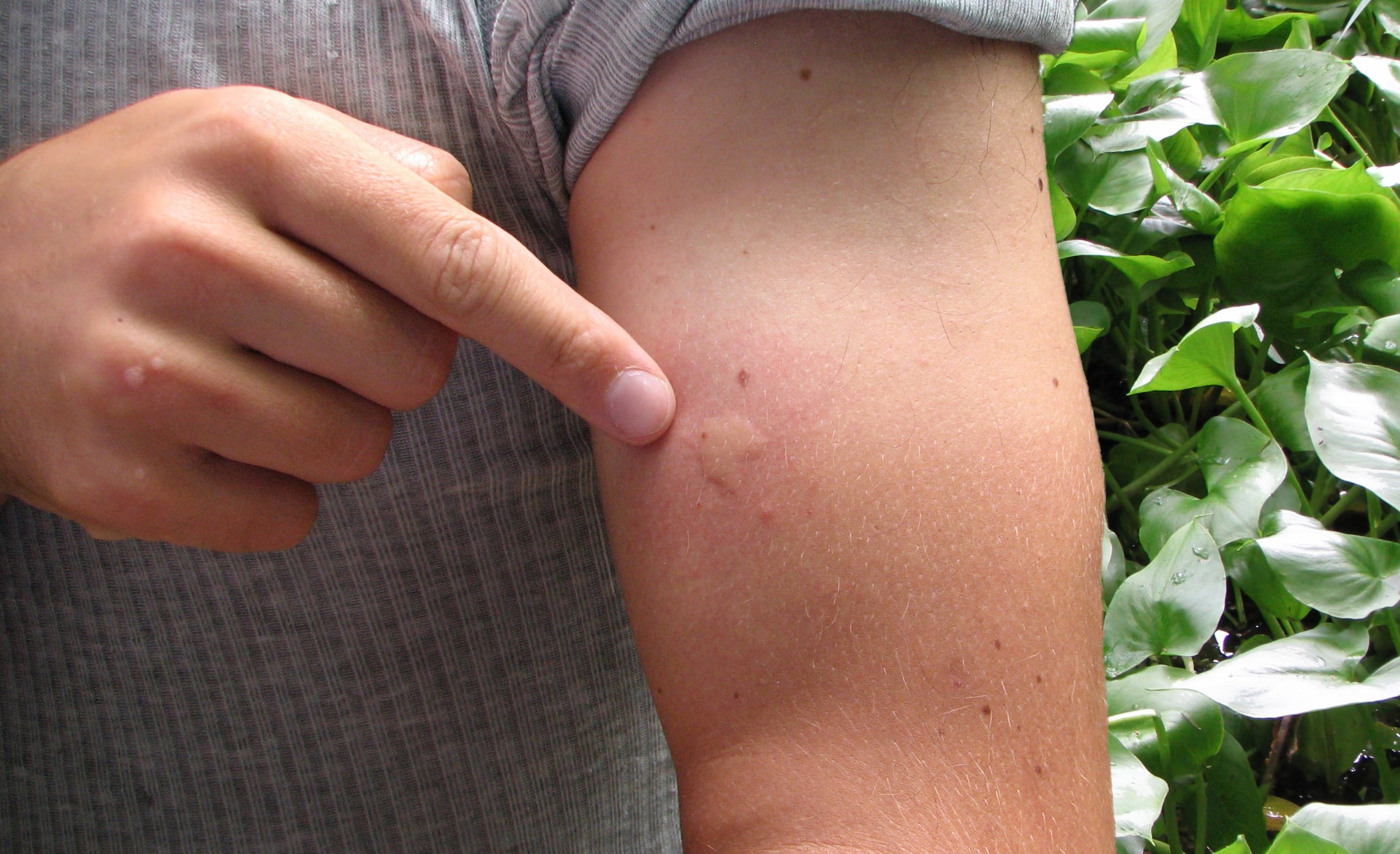

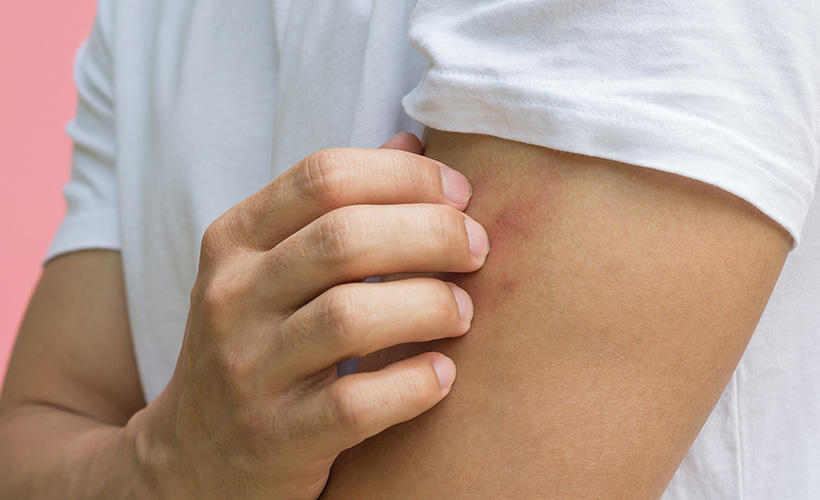
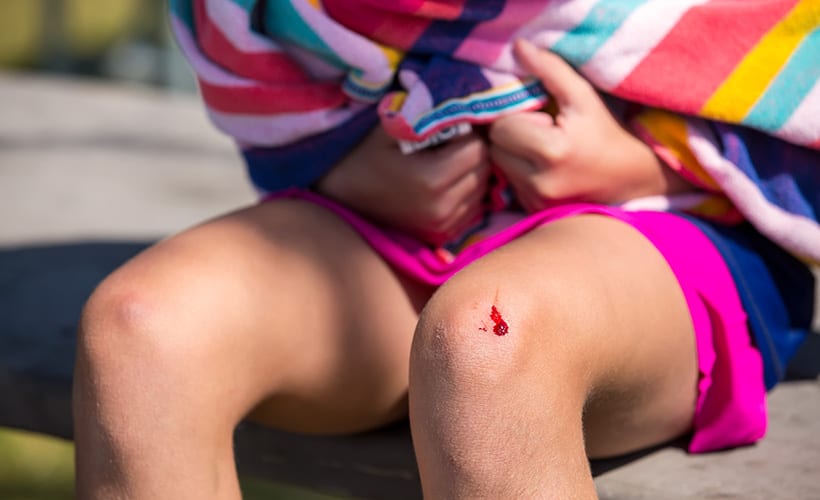



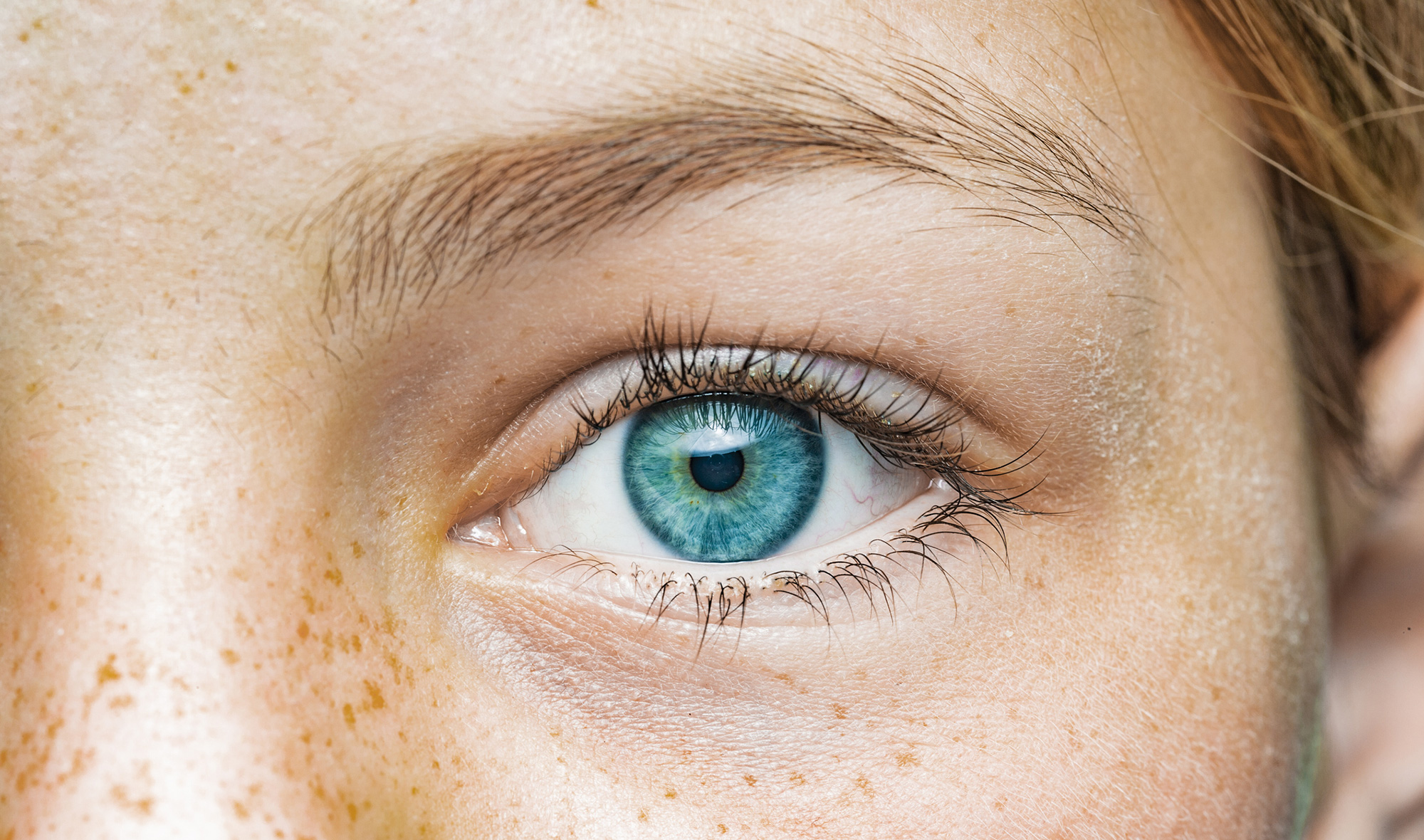
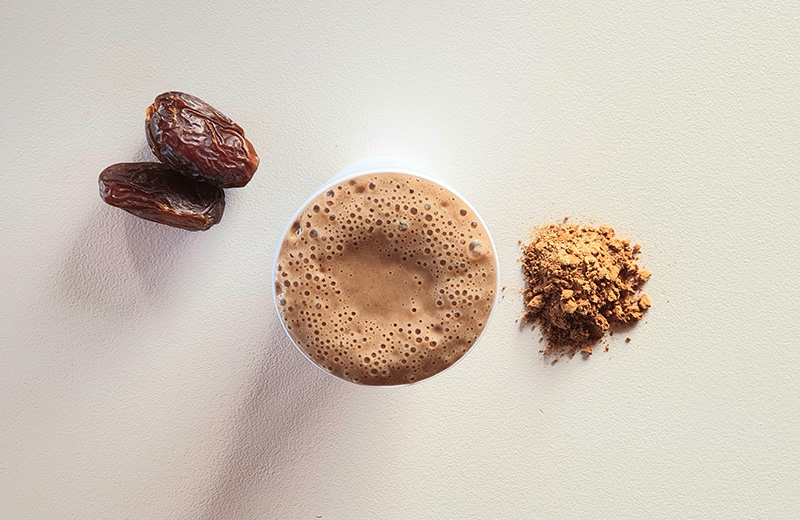
Community